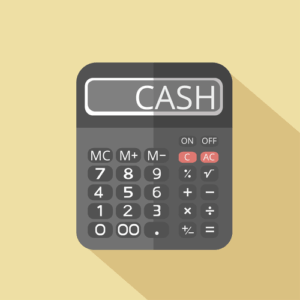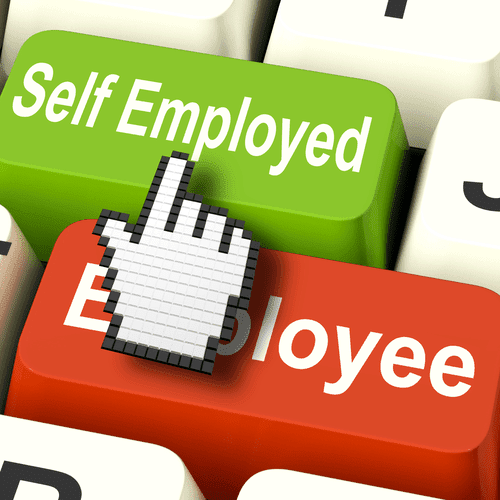
If they are for future use, they would not be a current asset, and if they have already been used, they should be considered costs or expenses. In every organization, current assets are pivotal in maintaining liquidity and ensuring smooth day-to-day operations. These assets, which can be converted into cash within a year, provide the necessary short-term financial support to meet immediate obligations and operational expenses. Fixed assets, or non-current assets, are long-term tangible assets that include property or equipment that a business owns and uses in its operations to generate income.
What are common examples of noncurrent assets?
While current assets, such as cash or inventory, are valued at market prices and do not depreciate, fixed assets, including machinery and buildings, gradually lose value over time. This decline, known as depreciation, reflects the asset’s wear and tear, usage, or obsolescence. Fixed assets are noncurrent assets that a company uses in its production or goods and services that have a life of more than one year. Fixed assets are recorded on the balance sheet and listed as property, plant, and equipment (PP&E). Fixed assets are long-term assets and are referred to as tangible assets, meaning they can be physically touched.
Our Services

Whether you’re a seasoned financial professional or new to asset management, this guide will provide valuable insights to improve your business’s fiscal health and operational efficiency. By clarifying these differences, we aim to help organizations optimize their asset classification strategy. Additionally, we will highlight the benefits of RedBeam’s powerful asset tracking software solution, which offers enhanced visibility and control over fixed assets. Fixed assets are long-term, physical assets such as plant and equipment.
- The Internal Revenue Service (IRS) has developed a complex structure for calculating depreciation.
- A regular maintenance will help your business to avoid hefty upkeep costs of fixed assets.
- Examples of current assets include Cash in hand, Cash at the bank, Stock, Debtors etc.
- The value of a current asset can fluctuate due to changes in the economy, client demand, or market conditions.
- AssetAccountant is sophisticated fixed asset software that takes care of all of your fixed asset depreciation and leasing.
- Effective asset management ensures an organization’s financial health and operational efficiency.
How to Use Asset Scanning for Asset Inventory Management
- Many businesses choose to use some sort of financial arrangements for purchasing their assets.
- This is a risk because of how difficult it can be to transfer fixed assets into cash in a short period of time.
- The operational role of current and fixed assets varies significantly within a business.
- Fixed assets would usually last for more than a year or 1 complete accounting cycle of a business.
So, you have to deduct the depreciation from the total cost of the fixed asset every time. In the balance sheet, they are calculated or estimated after the depreciation has been taken into account. The current ratio is a liquidity ratio which defines a businesses ability to pay short-term debts within a year. These assets are referred to as liquid assets, meaning they are fluid (like water) and can easily change into a different form (cash).
These tools reduce human error, save time, and provide up-to-date information, allowing businesses to make more informed financial decisions. This figure represents the current value of the company’s long-term assets after accounting for depreciation and recent improvements. Because current assets are fluid, they are highly significant for cashflow.
- A financial professional will offer guidance based on the information provided and offer a no-obligation call to better understand your situation.
- Recording and showing depreciation of the fixed assets is useful to make the financials look more balanced.
- Firstly, the depreciation expense is reversed because it is a noncash expense.
- Fixed assets undergo depreciation, which divides a company’s cost for non-current assets to expense them over their useful lives.
- Utilizing advanced asset management tools can further enhance financial reporting accuracy and operational efficiency, contributing to a robust financial foundation.
- Concretely, from its creation, a company incurs purchases in order to acquire the goods which constitute its heritage.

When the asset is kept by the company for more than one financial year, we speak of fixed assets or non-current assets. Unlike fixed assets, which are intended to last for at least one year before eventually depreciating, current assets are those that can be converted into cash or cash equivalents within one year. The classification of assets into these categories also helps in the preparation and analysis of financial statements.

Fixed assets are used for daily business operations such as production of goods. A manufacturing company will require plants, assembly lines and other heavy equipment machinery. Similarly a construction company would use a truck with the intention fixed asset accounting to use it for onsite operations. Fixed and current assets both play a pivotal role in a business’s long-term success. Suppose there is a company that deals with calculators, then it is the company’s stock and therefore considered a current asset.
What is the Difference Between Fixed Assets and Current Assets?
- So, now that we’ve understood what fixed and current assets are and what they consist of, we can take a deeper dive into the differences between them.
- HighRadius offers a cloud-based Record to Report Suite that helps accounting professionals streamline and automate the financial close process for businesses.
- Capital investments can come from many sources, including angel investors, banks, equity investors, and venture capital.
- Briefly stated, anything that will enable you to establish a liquid flow of cash can be deemed as a current asset.
- Tangible assets are subject to periodic depreciation while intangible assets are subject to amortization.
- For years, you’ve lovingly built and curated your fixed asset depreciation spreadsheet.
As of November 2023, businesses operating in China saw a 2.9% increase in fixed asset investments. The growing number emphasizes the need to better manage liquidity and expansion with a clear understanding of short-term and long-term assets for successful company operations. Current assets include all the assets that can be mobilized in the short term life, that is to say, all the balance sheet items that are expected to be monetized at maturity of less than one year. We say “short term” since all these elements of the current asset are consumed during the operating cycle of the company. On the other hand, fixed assets are intended for long-term use, contributing to a company’s infrastructure and production capabilities over several years. These assets, like buildings and machinery, are essential for sustained operations and growth, enabling businesses to produce goods or services and improve efficiency.